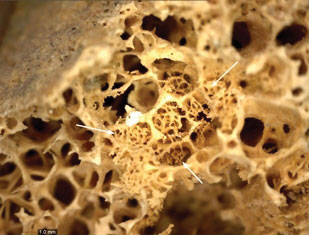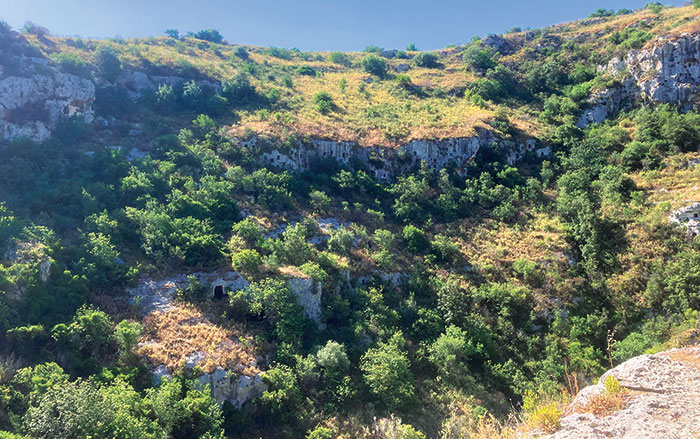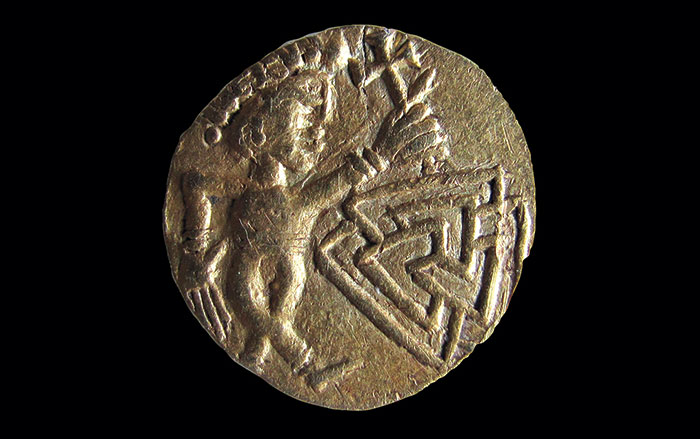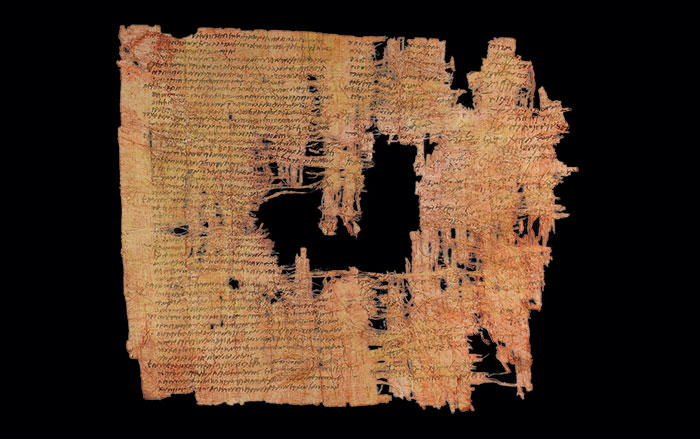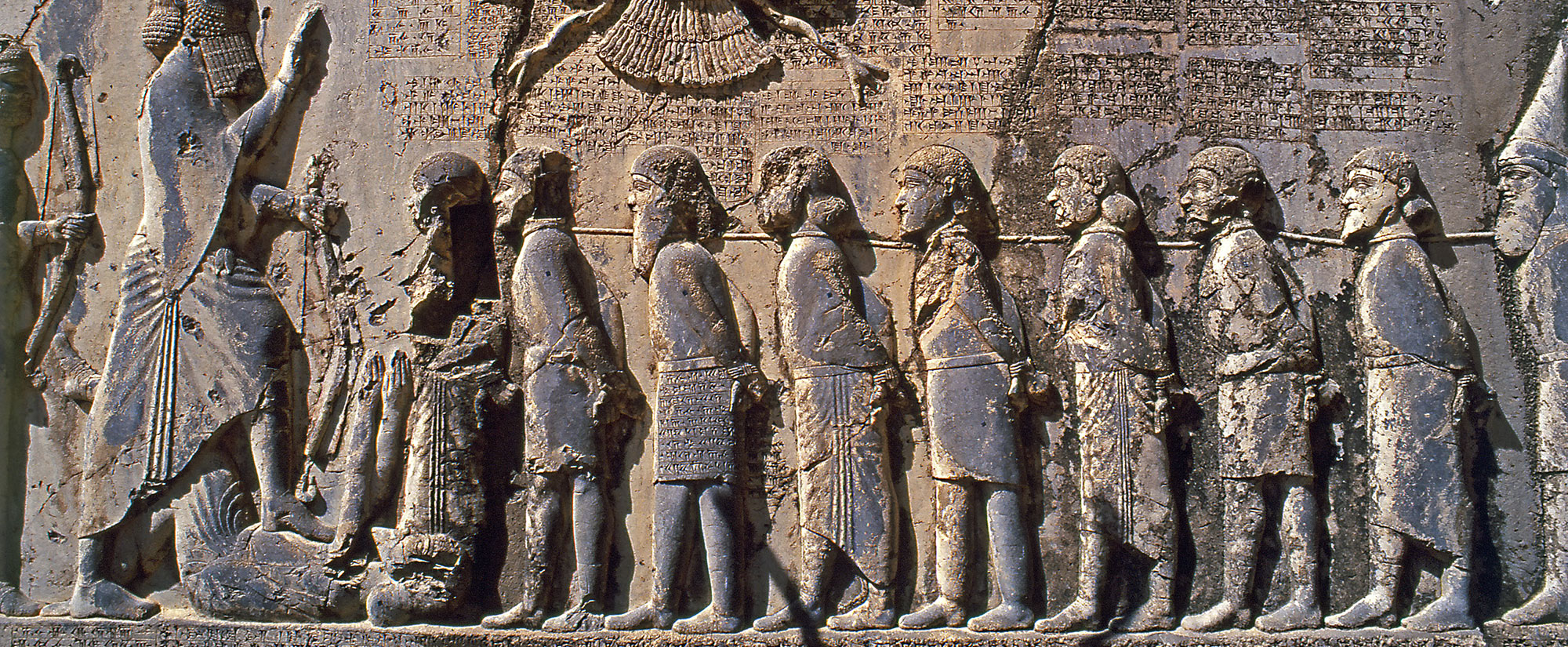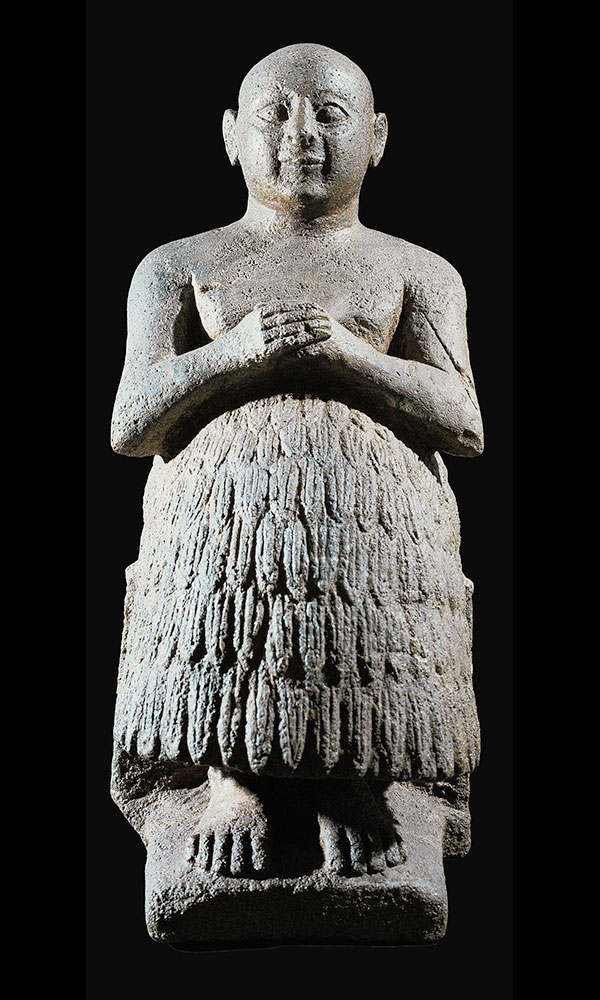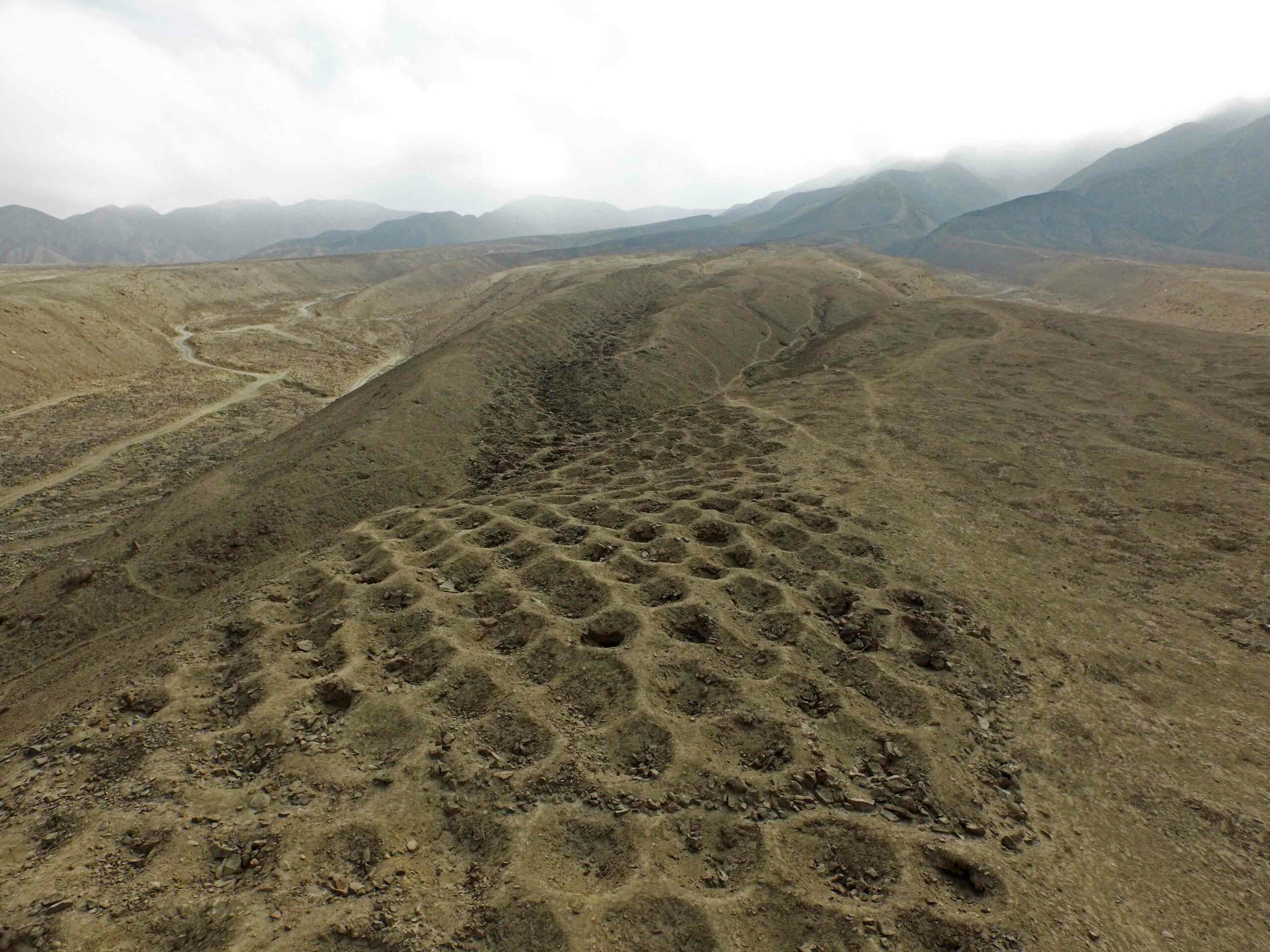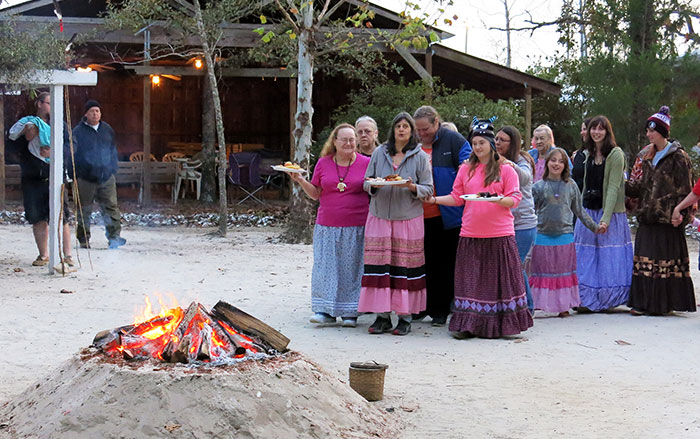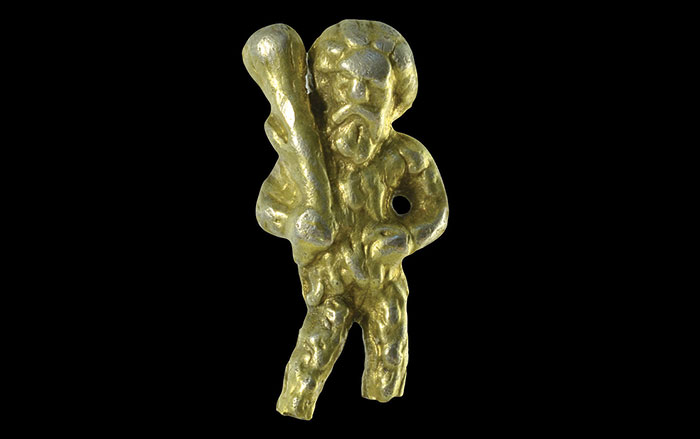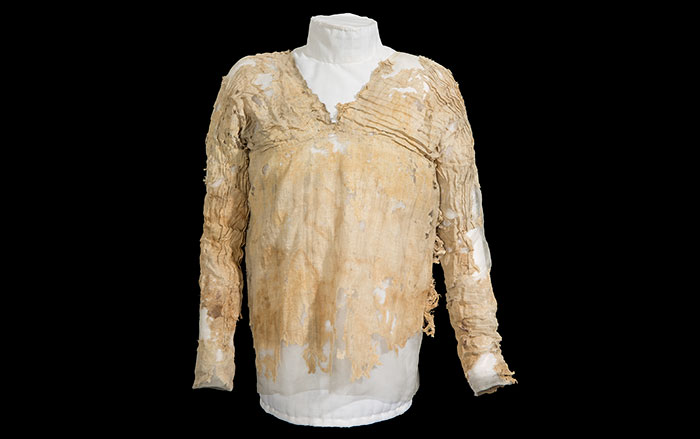
JOHANNESBURG, SOUTH AFRICA—Osteosarcoma, or bone cancer, has been identified in the toe bone of a human ancestor who lived some 1.7 million years ago. A team of British and South African researchers noticed that the bone, unearthed in Swartkrans Cave in the Cradle of Humankind World Heritage Site, was not hollow, as it should have been. “So we compared it with modern biopsies of cancer patients and realized it was a malignant tumor,” biological and forensic anthropologist Patrick Randolph-Quinney of the University of Central Lancashire told The Telegraph. He explained that the painful tumor would have affected the individual’s mobility, and thus the ability to survive. A collaborating team of scientists also identified a benign tumor in the vertebrae of Karabo, the two-million-year-old remains of an Australopithecus sediba child discovered at the site of Malapa. “Modern medicine tends to assume that cancers and tumors in humans are diseases caused by modern lifestyles and environments, but our studies show the origins of these diseases occurred in our ancient relatives millions of years before modern industrial societies existed,” explained Edward Odes of the University of the Witswatersrand. To read more about Australopithecus sediba go to "The Human Mosaic."


